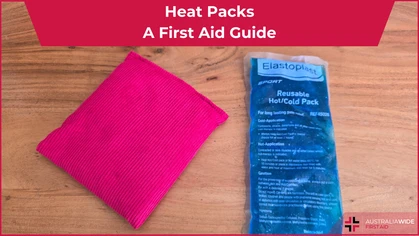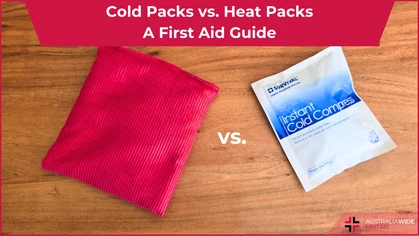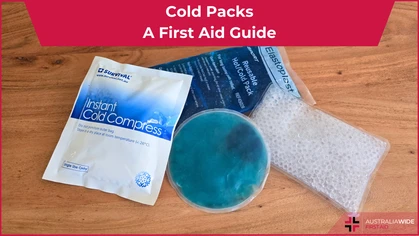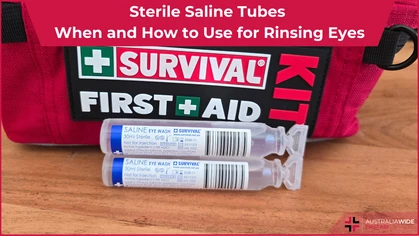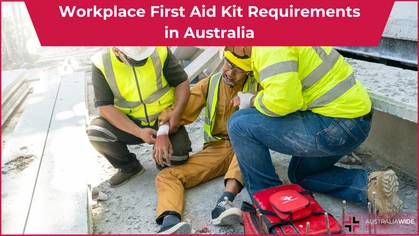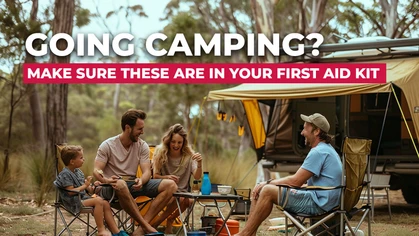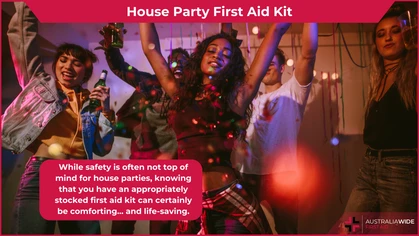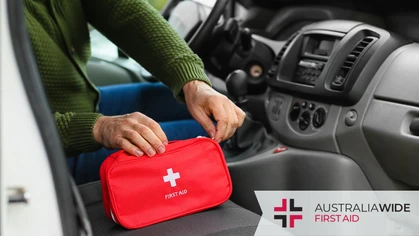How to Use Disposable Face Shields

First Aid Equipment
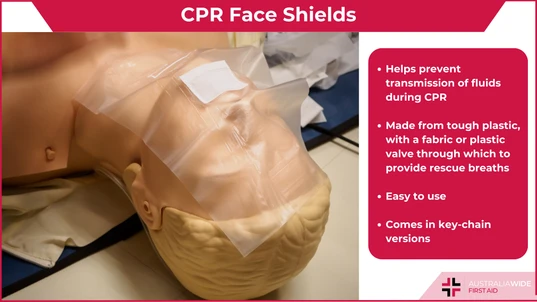 In Australia, the recommendation for CPR includes performing rescue breaths, or mouth to mouth resuscitation. This creates a risk of transferring fluids between rescuer and casualty, and in doing so there is a possibility of transmitting disease.
Besides this risk, rescuers can be hesitant about performing rescue breaths due to perceived stigmas. A woman is less likely to receive CPR, and even more less likely to receive rescue breaths, for example.
In Australia, the recommendation for CPR includes performing rescue breaths, or mouth to mouth resuscitation. This creates a risk of transferring fluids between rescuer and casualty, and in doing so there is a possibility of transmitting disease.
Besides this risk, rescuers can be hesitant about performing rescue breaths due to perceived stigmas. A woman is less likely to receive CPR, and even more less likely to receive rescue breaths, for example.
What is a Face Shield
A face shield is a personal protective equipment (PPE) device that can be used during CPR performing rescue breaths. It is an alternative to a resuscitation mask (pocket mask). A face shield can also be called a CPR shield or face mask. This is not to be confused with a barrier mask used to prevent viral transmission. A face shield, or CPR face mask, is essentially a plastic sheet with a fabric section containing a non-return valve. It is of a size to place over the face of a person in need of resuscitation and can help protect the rescuer from any fluids that may be present in and around the mouth of the casualty. It can also help limit the transmission of fluids and air-borne particles from the rescuer into the casualty. They usually come folded up neatly in a little package, and you can even get ones that attach to your keychain. They are particularly useful to include in your car first aid kit. As a disposable device, the face shield should be thrown out after use.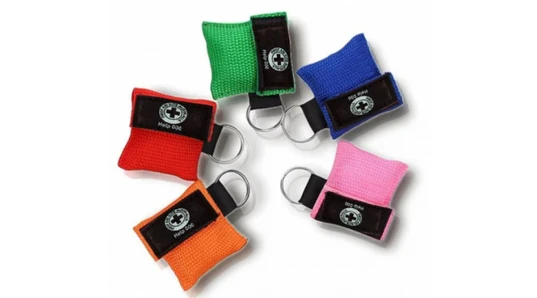
You can get face shields folded up into a keychain packet to keep with you at all times.
Using a Face Shield
Performing rescue breaths while using a face shield is a very similar process to performing rescue breaths without one. If possible, have one rescuer start CPR while the other collects the face shield and prepares it for use.- Remove the face shield from the packaging and fully open.
- Place over the casualty's lower face, ensuring the fabric portion is directly over the mouth.
- Use one hand to pinch the nose closed, and the other to hold the mask firmly against the chin.
- Commence rescue breaths as per regular CPR, by providing one breath, waiting for the chest to rise and lower again, then providing the second breath.
- After the two rescue breaths, complete 30 chest compressions.
- Repeat this cycle of 30 compressions to 2 rescue breaths until the person begins to breathe on their own, or help arrives.
- If rescue breaths are appearing ineffective, ensure that the fabric portion of the mask is indeed over the mouth and hasn't slipped out of place.
Conclusion
It is important to remember that Resuscitation Masks (Pocket Masks) and Face Masks are tools which can be used to provide a level of protection against transmission of fluids and pathogens. If one is available, it should be used when performing CPR, but CPR should not be withheld if one is not available. If you do not have PPE available and are not comfortable performing rescue breaths, you can perform compression-only CPR. This is where you perform the compressions but skip the rescue breaths. To ensure you are feeling confident in using a face shield, complete a CPR or First Aid course and keep your skills up to date. Thank you for trusting Australia Wide First Aid with your training in life-saving skills. We look forward to welcoming you back when you are ready for your refresher courses!
Originally published at
https://www.australiawidefirstaid.com.au/resources/how-to-use-disposable-face-shields
as part of the Australia Wide First Aid Articles Library
